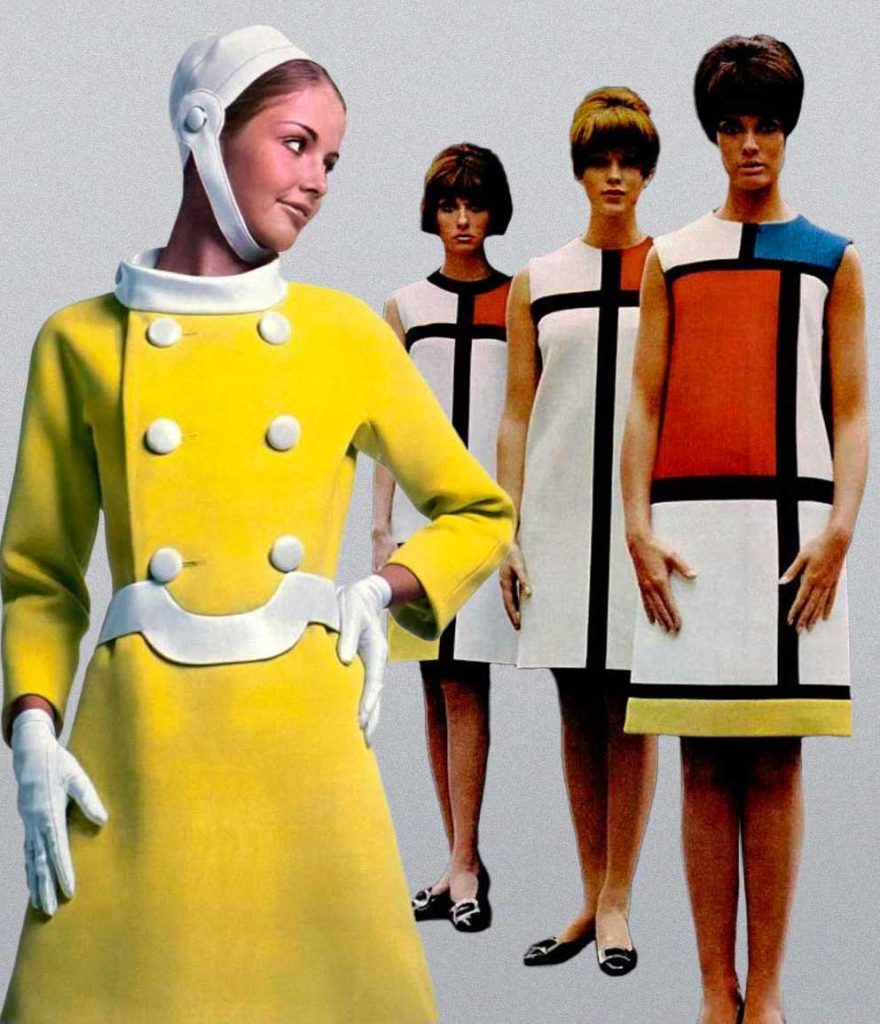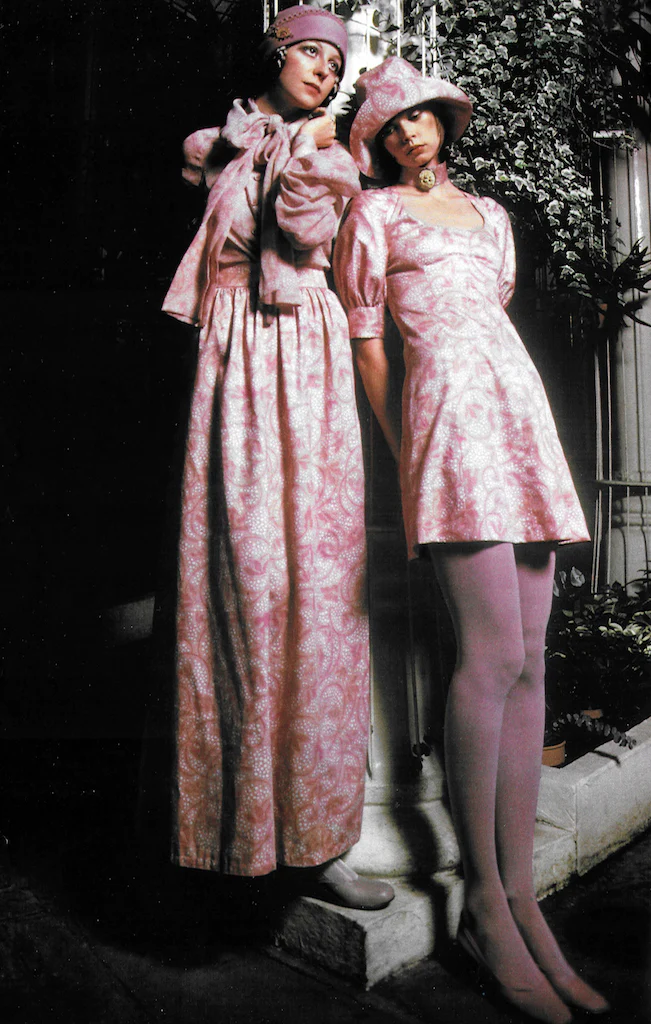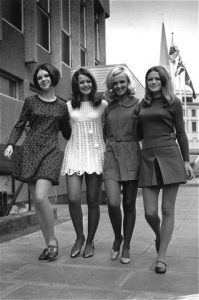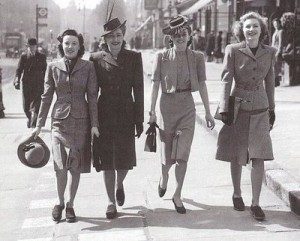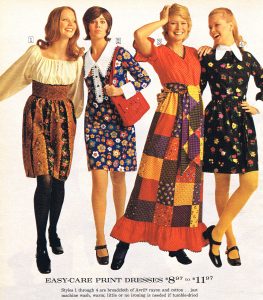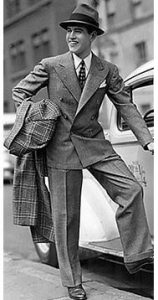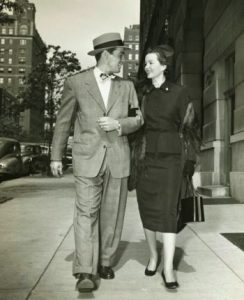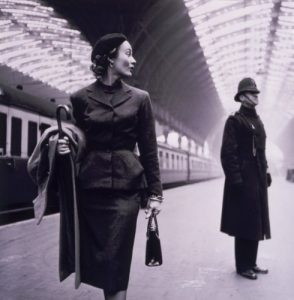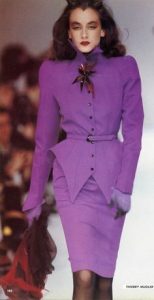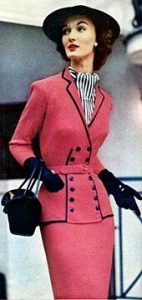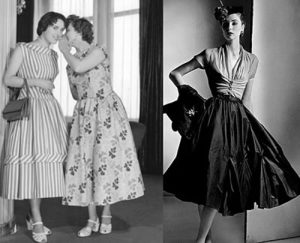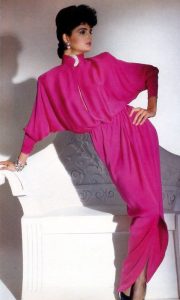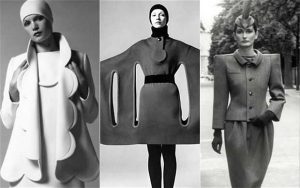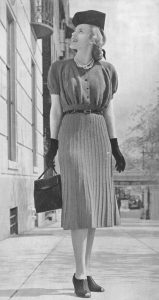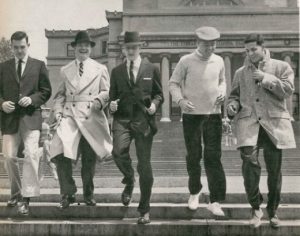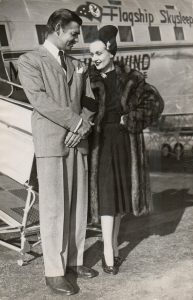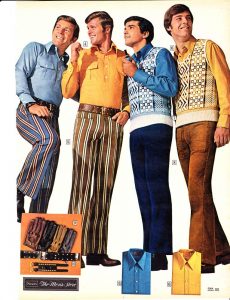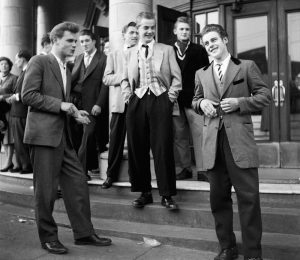
Throughout the 20th century cross-cultural and historical influences exerted a profound impact upon fashion design. The styles, designs and materials of other times and cultures became more accessible to designers at first hand as improved travel and communications enabled continents to be crossed with ease. With developments in photographic and printing techniques, they were also able to glean ideas from secondary sources such as lavishly illustrated books, magazines and journals. From the 1950s European designers needed only to look around them to see a rich variety of clothing from all corners of the world.

